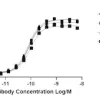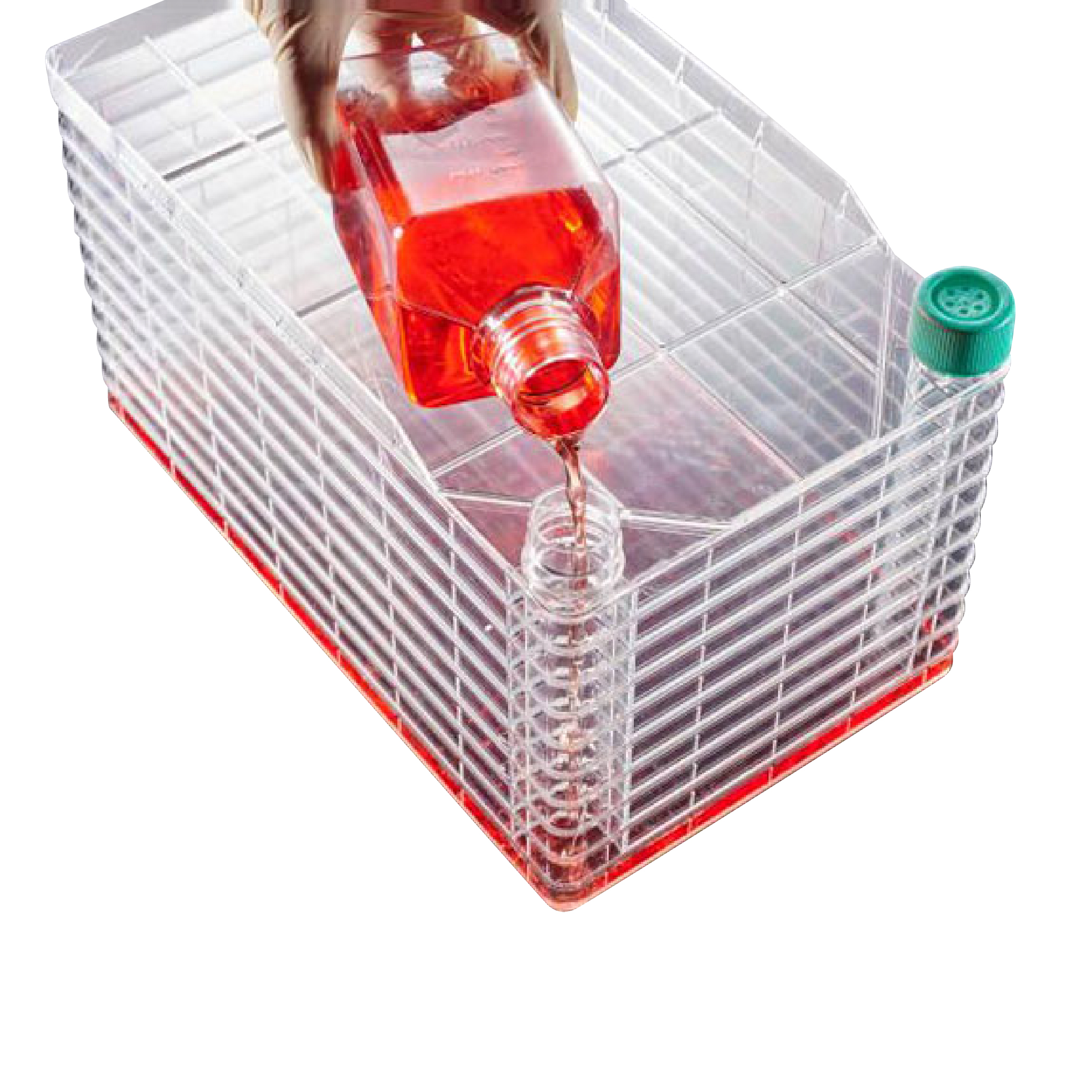- Empty cart.
- Continue Shopping

Substance P ELISA Kit
Substance P ELISA Kit
This product is currently out of stock and unavailable.
Key features and details
- Sensitivity: 5.3 pg/ml
- Range: 9.8 pg/ml – 10000 pg/ml
- Sample type: Cell culture supernatant, Plasma, Saliva, Serum, Urine
- Detection method: Colorimetric
- Assay type: Competitive
- Reacts with: Species independent
Overview
Product name
See all Substance P kits
Detection method
Sample type
Assay type
Sensitivity
Range
Recovery
| Sample type | Average % | Range |
|---|---|---|
| Saliva | 108.3 | % – % |
| Urine | 105.8 | % – % |
| Serum | 97.7 | % – % |
| Tissue Culture Media | 81 | % – % |
| Hep Plasma | 109.3 | % – % |
Assay time
Assay duration
Species reactivity
Product overview
Abcam’s Substance P in vitro competitive ELISA (Enzyme-Linked Immunosorbent Assay) kit is designed for the accurate quantitative measurement of Substance P in biological fluids.
A goat anti-rabbit IgG antibody has been precoated onto 96-well plates. Standards or test samples are added to the wells, along with an alkaline phosphatase (AP) conjugated-Substance P antigen and a polyclonal rabbit antibody specific to Substance P. After incubation the excess reagents are washed away. pNpp substrate is added and after a short incubation the enzyme reaction is stopped and the yellow color generated is read at 405 nm. The intensity of the yellow coloration is inversely proportional to the amount of Substance P captured in the plate.
Notes
Substance P is a undecapeptide that displays a number of biological activities. The peptide was first discovered in 1931 by von Euler and Gaddum. They reported that extracts of equine brain and intestine contained a hypotensive and spasmogenic factor. The preparation, termed preparation P, was later found to be proteinaceous. The isolation and characterization of Substance P was carried out by Leeman’s group in 1970. The structure is shown below.
Substance P: H-Arg-Pro-Lys-Pro-Gln-Gln-Phe-Phe-Gly-Leu-Met-NH2
Substance P is synthesized in the ribosomes as a larger protein and then enzymatically converted into the active peptide. The peptide is widely distributed in the peripheral and central nervous systems of vertebrates, where it is thought to act as a neurotransmitter. In the peripheral system, Substance P is localized in the primary sensory neurons and neurons intrinsic to the gastrointestinal tract.
Cross Reactivity
| Compound | % Cross Reactivity |
| Substance P | 100 |
| Substance P (4-11) | >100 |
| Substance P (7-11) | >100 |
| Substance P (3-11) | 66 |
| Physalaemin | 50 |
| Eledoisin | <0.001 |
| α-Neurokinin | <0.001 |
| β-Neurokinin | <0.001 |
| Somatostatin | <0.001 |
| Substance P (1-4) | <0.001 |
Platform
Properties
Storage instructions
| Components | 1 x 96 tests |
|---|---|
| 20X Wash Buffer Concentrate | 1 x 27ml |
| Assay Buffer | 1 x 27ml |
| Goat anti-rabbit IgG Microplate (12 x 8 wells) | 1 unit |
| Plate Sealer | 1 unit |
| pNpp Substrate | 1 x 20ml |
| Stop Solution | 1 x 5ml |
| Substance P Alkaline Phosphatase Conjugate | 1 x 5ml |
| Substance P Antibody | 1 x 5ml |
| Substance P Standard | 1 x 500µl |
Research areas
- Neuroscience
- Neurotransmitter
- Neuropeptides
- Tachykinins
- Neuroscience
- Neurotransmitter
- Neuropeptides
- Hormones
- Neuroscience
- Sensory System
- Somatosensory system
- Nociception
- Neuroscience
- Neurology process
- Metabolism
- Neuroscience
- Processes

























